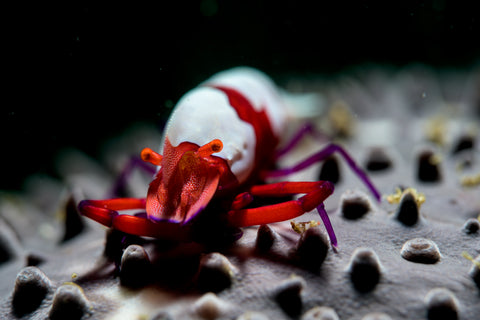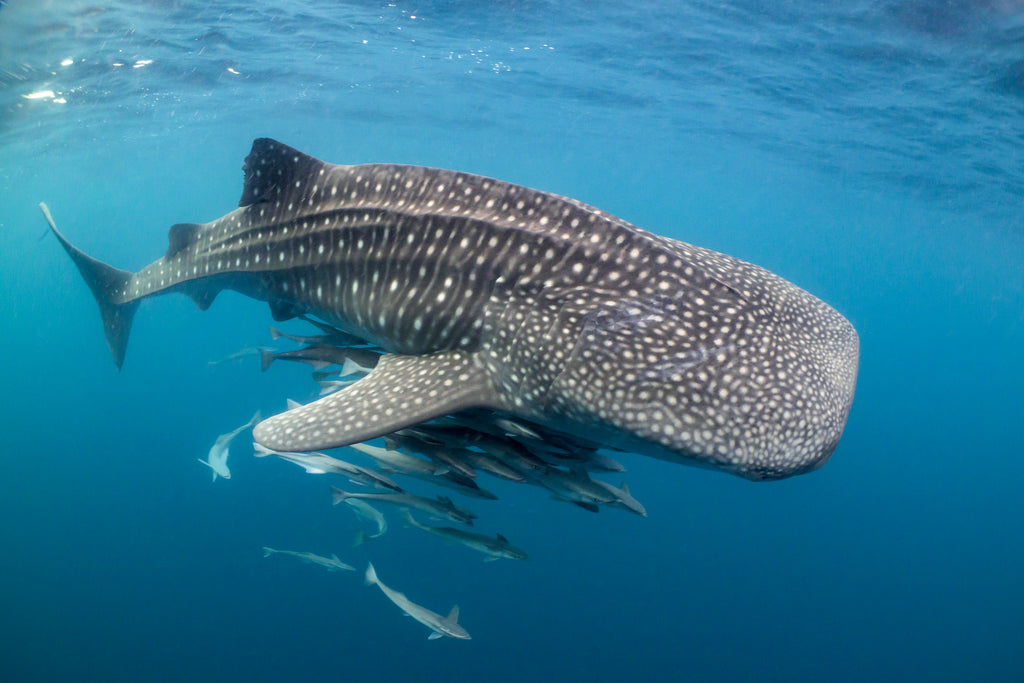Text and Images by Hergen Spalink
These are definitely the best wide-angle photos I've ever taken...using a macro lens, that is.
The Macro to Wide Angle Lens 1 or MWL-1 is a wet optic that converts a 60mm full-frame equivalent macro lens into a 150º close-focus wide-angle lens. The optic is wet-mountable and the small diameter allows for getting low and close to enhance perspective.
For this test, the rig was an NA-Z7 housing with the Nikon Z 7 camera and Nikon AF-S Micro NIKKOR 60mm f/2.8G ED lens and the Macro Port 60. The MWL-1 was mounted, along with a CMC-1 on the M67 Double Flip for MWL-1. Strobes were two Sea & Sea YS-D2 and the housing's standard Nauticam Flash Trigger for Nikon.
As the macro capabilities of the Nikon 60mm are pretty well documented I decided to focus on wide-angle. Below is a quick demonstration of the range that can be captured with the MWL-1/60mm/CMC-1 combination.
For standard scenic images, lighting was not a challenge. The optic adds some length to the system which combined with the 150º field-of-view means the strobes can sit slightly ahead of the handles as opposed to standard fisheye lighting. The small diameter meant less chance of casting shadows on the foreground with larger subjects or scenics.
For close-focus wide-angle shots, lighting the subject without causing shadows from the dome shade or over-exposing everything surrounding the subject requires some odd placement as the MWL-1 will focus almost on the front glass element. The double flip also slightly limits strobe positioning in the 10:00 and 2:00 positions depending on your chosen orientation. The technique below I've used with other wide-angle lenses in the past but always above the level of the lens, especially in poor visibility, but after much trial and error this proved to be the best way to isolate the subject.
When the strobes are placed in a more standard forward-facing orientation, despite lighting the subject well it also lights the surrounding area and causes hot spots to either side of the subject as well as increasing the possibility of backscatter in poor visibility.
When the strobes are placed facing each other and behind the lens, the subject is isolated. Strobe power level in both images is the same, highlighting the need for more strobe power when using this technique to compensate. The strobe position underwater can be more similar to the original white-background image above as the light has a greater beam spread in-water. Position was altered sightly for the demonstration images to highlight the effect; by angling the strobes up, a more natural top-to-bottom fall-off on the subject can be achieved.
The MWL-1 performs best at higher apertures such as F16 and above. Operating at higher apertures generally means using higher ISO, especially when working with natural light. The higher ISO capabilities and ability to easily disable the flash in the quick menu of the Z 7 was especially convenient when combining a natural light snorkel with a dive that required artificial light.
The combination of the 60mm macro lens, the MWL-1, and the CMC-1 allows for capturing wide-angle, macro and super macro images on the same dive with a full-frame DSLR setup. The flip mount means switching between perspectives in simple and insures that positioning of the wet optics relative to the port is always correct. The small size of the MWL-1 means that when space and travel weight are at a premium, a system that can capture a wide variety of image styles with a single lens is now a possibility for the full-frame DSLR user.
While not necessarily a replacement for dedicated wide-angle lenses and ports, the MWL-1 is another tool for the underwater shooter's





















